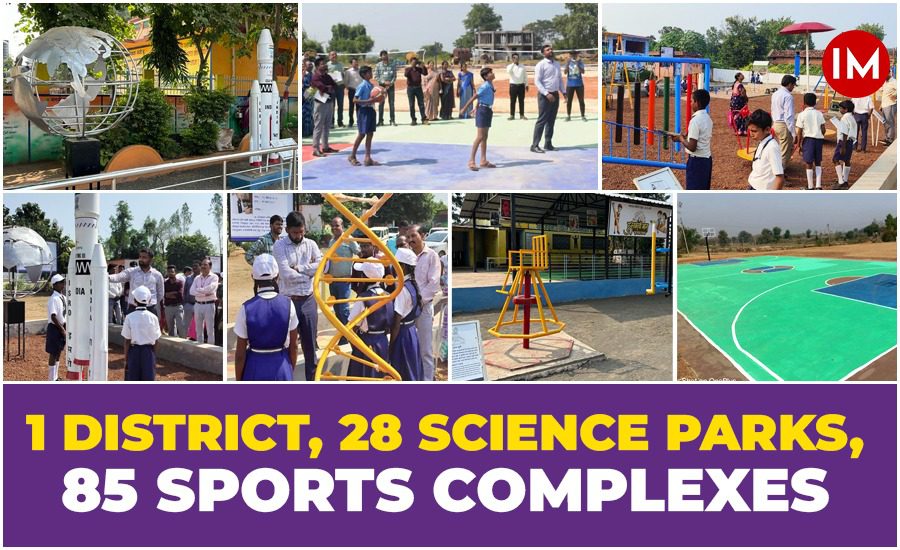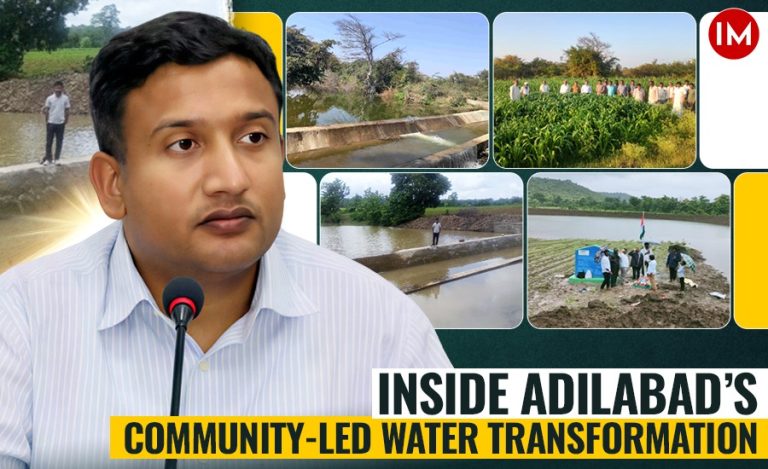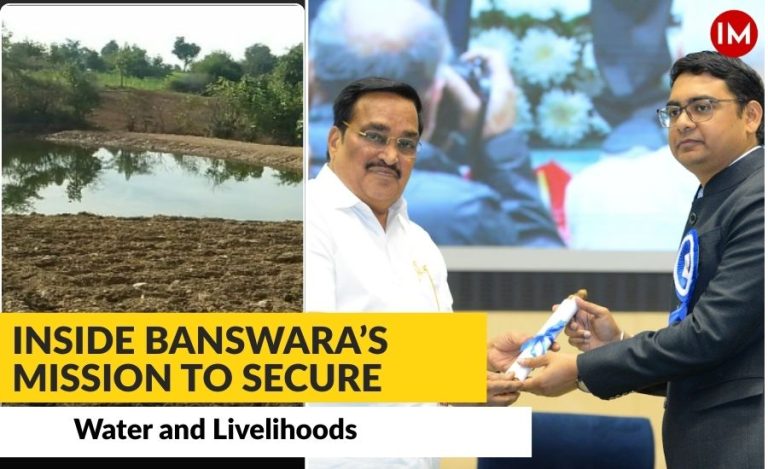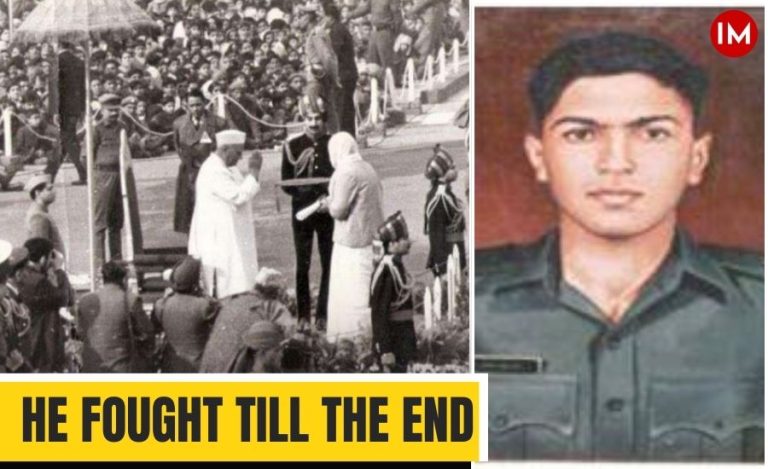Science and scientific experiments were not part of the education of the tribal students in Chandrapur district of Maharashtra. These students, who reside in small hamlets in remote areas, go to tribal schools and have the curiosity like any other student to learn more and put this learning into practice. The only thing they lacked was proper ‘exposure’.
So, 2018 batch IAS officer and CEO of Chandrapur Zila Parishad, Mr. Vivek Johnson, decided to bring these student closer to science and innovation, by providing them hands-on experiences on scientific theories.
Inspired by the CV Raman Science Park in Nagpur, he created 28 parks in Chandrapur and plans to buid 55 more. These open science parks are rapidly enhancing the tribal students’ grasp of scientific knowledge. But, he has not stopped at this. He has further built 85 sports complexes in rural schools under ‘Khelo Chanda’ which are fostering a sports culture among the students.
In an exclusive conversation with Indian Masterminds, Mr. Johnson shared details about these two initiatives for holistic development of the tribal youth.
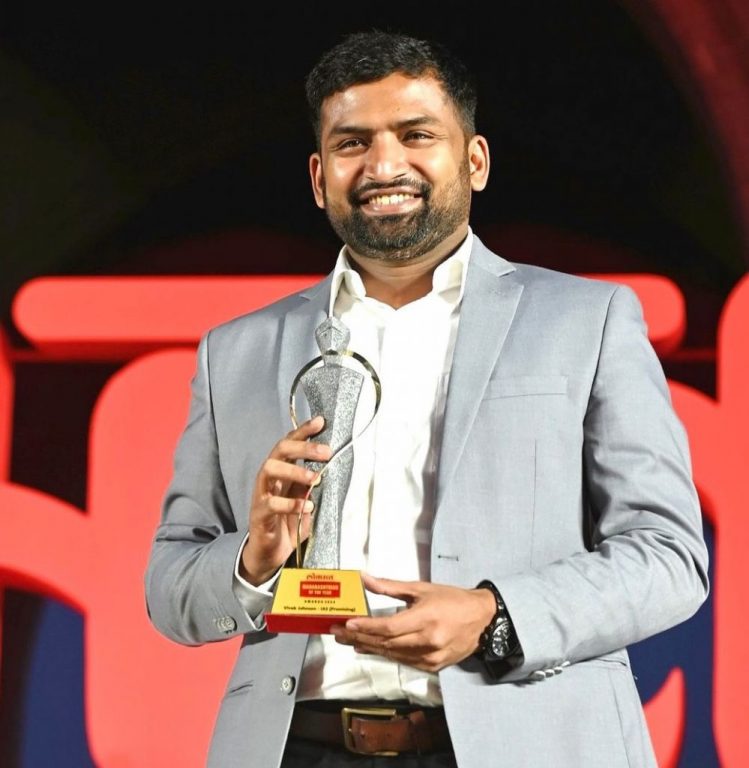
IGNITING PASSION FOR SCIENCE
“By nurturing curiosity, creativity, and a passion for science, these open science parks will prepare the next generation of innovators and contributing to a brighter future for the district,” he said.
Most of these parks, in remote villages of the district, include instruments and equipments to conduct experiments which are part of the syllabus. Mr. Johnson said that the locations were chosen strategically so that each park covers maximum schools of an area. A schedule is already in place under which students of schools other than the 28 tribal schools can visit the park on rotational basis. These science parks are complemented by 15 STEM (Science, Technology, Engineering and Mathematics) labs in schools to provide an all-round research-oriented environment to the students.
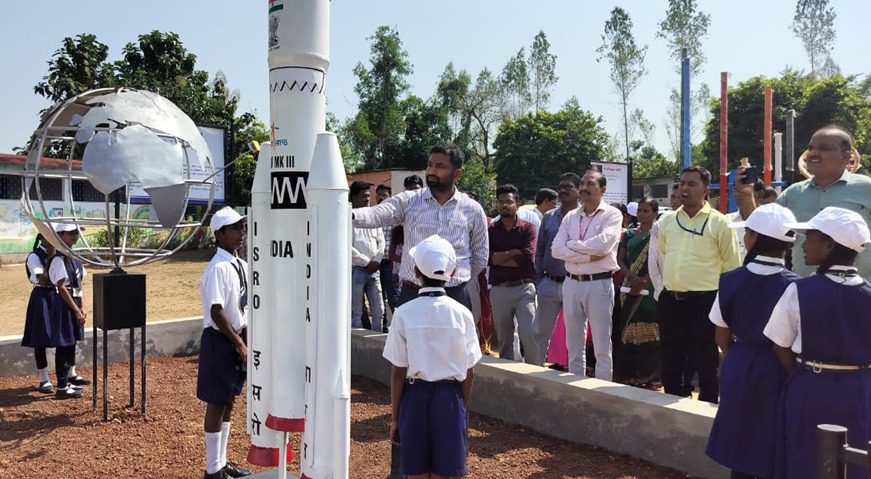
The results are showing, as these parks have been able to encourage exploration, questioning, critical thinking, and curating of scientific temper among the students. The practical learning experiences that complement the theoretical knowledge have led to better understanding and retention of scientific concepts.
“I believed that these parks will create an inspiring environment for experimentation and innovation. Students will be encouraged to explore new ideas, design experiments, and develop solutions to real-world problems,” Mr. Johnson said.
He added that parents are now demanding for more such parks in other areas too. As such, 55 more parks will be ready for students to explore soon.
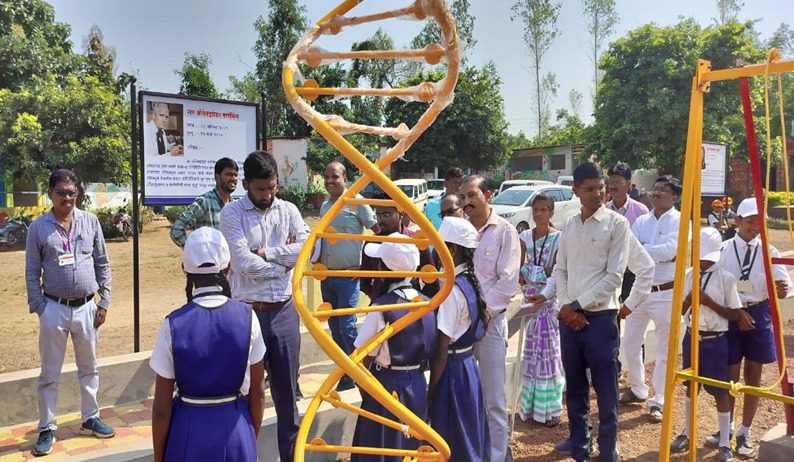

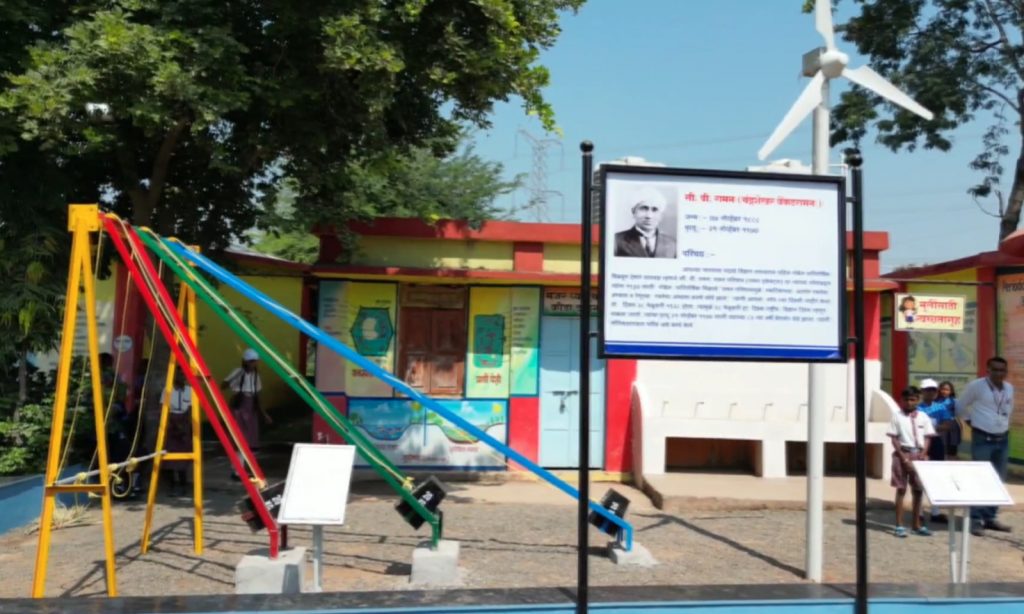
KHELO CHANDA
Besides science and innovation, Mr. Jhonson is also promoting a sports culture through 85 MGNREGA-backed sports complexes built across rural schools. He said that Chandrapur “might be the only district to start such an initiative in the country, demonstrating innovative and constructive use of Mahatma Gandhi National Rural Employment Guarantee Scheme.”
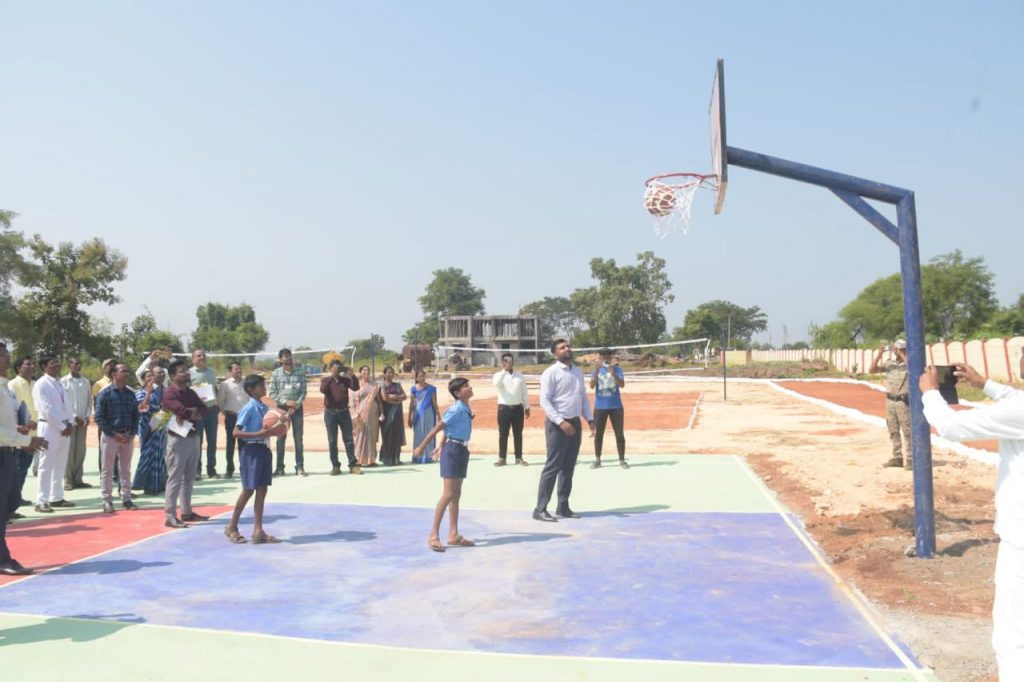
By promoting grassroot sports development and inclusivity, these complexes have substantially improved various aspects of life in the district, contributing to enhanced physical fitness and overall well-being. From running tracks to basketball and volleyball courts, the complexes have everything that can lead to better physical development, coordination and endurance among children. These will further help to focus on talent and nurture promising young athletes from rural areas, providing them with opportunities to reach their full potential.
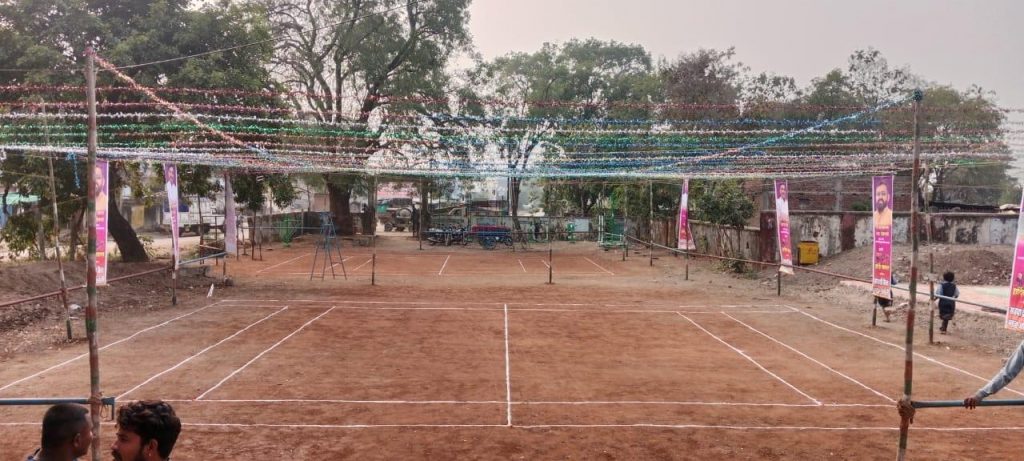
FOSTERING INCLUSIVITY
At the same time, the emphasis on ‘sports for women’ empowers girls and young women to participate in traditionally male-dominated activities, challenging gender stereotypes and promoting equal opportunities. This has also incorporated provisions for sports among people with disabilities.
“Khelo Chanda fosters a more inclusive sports environment, ensuring everyone has the opportunity to participate and benefit from physical activity. I hope that this initiative serves as a model for replicating successful sports development programs in other rural areas across the country,” Mr. Johnson said in conclusion.

